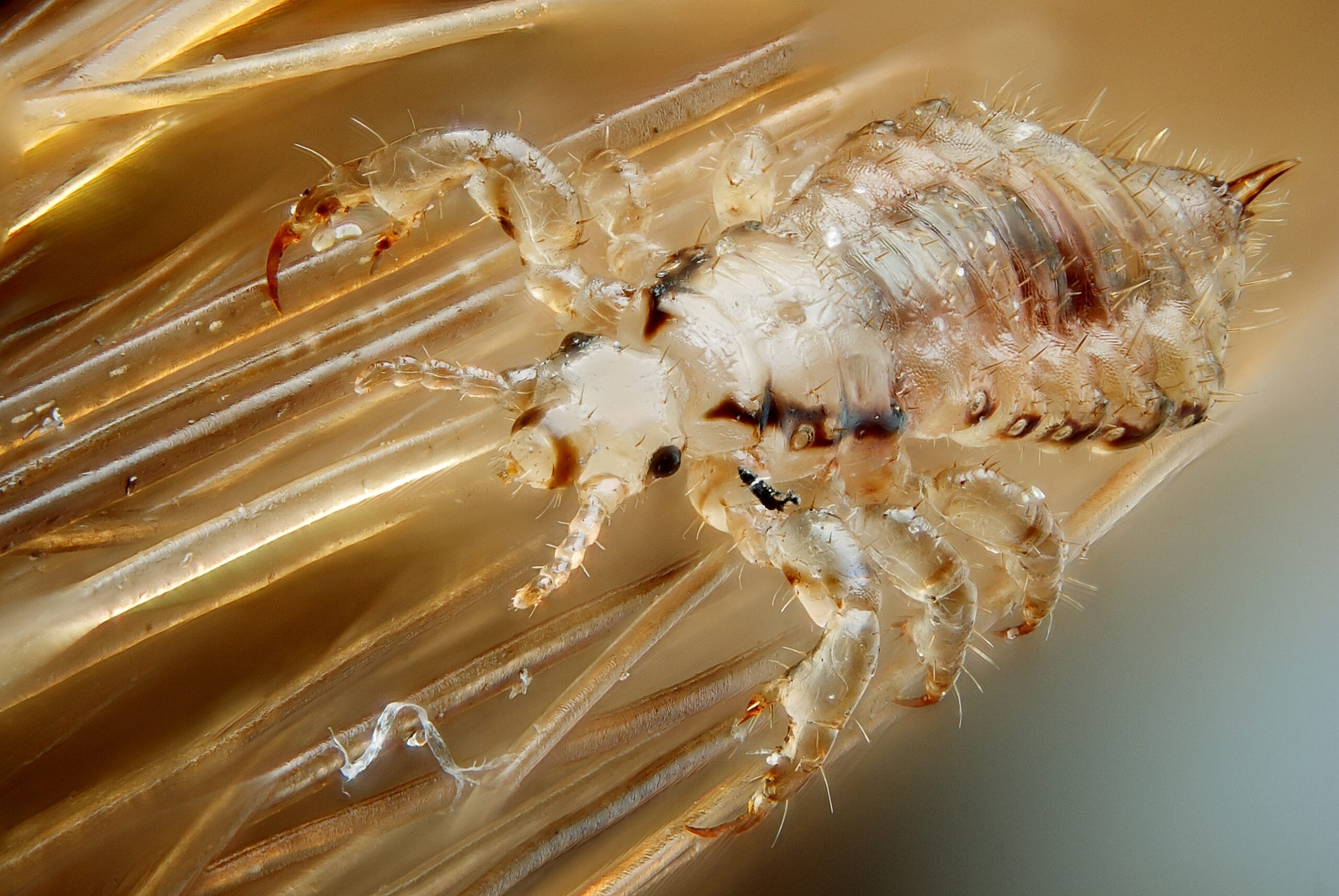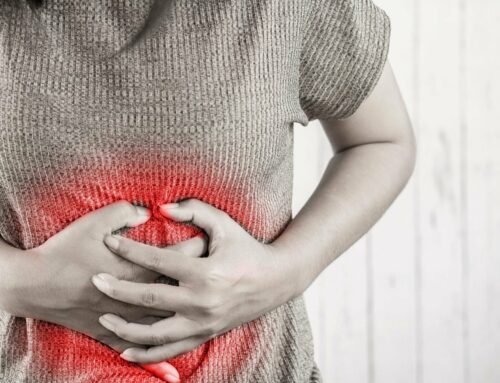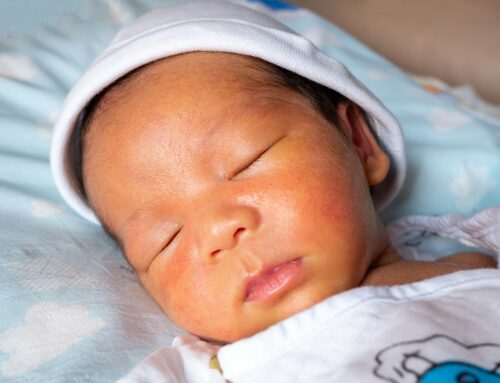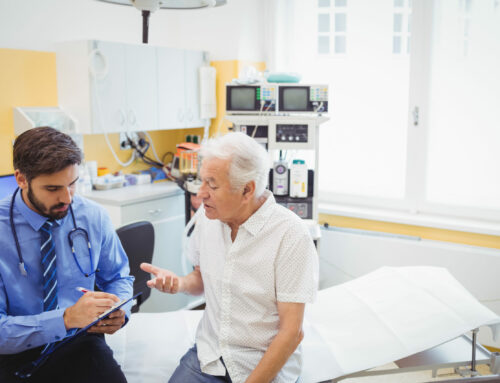Lice: Symptoms, Causes, Treatment
What are the symptoms of lice?
Lice are tiny insects that infest the scalp and feed on blood. They are highly contagious and can spread easily from person to person, especially in crowded or close-contact environments such as schools, daycare centers, and camps. The symptoms of lice infestation (pediculosis) can vary, but common signs and symptoms include:
- Itching: Intense itching of the scalp, neck, and ears is the most common symptom of lice infestation. The itching is caused by an allergic reaction to the lice bites.
- Visible lice: Adult lice are small, wingless insects that are about the size of a sesame seed. They are tan to grayish-white in color and move quickly.
- Nits (lice eggs): Nits are lice eggs that are firmly attached to the hair shaft near the scalp. They are oval-shaped and often appear yellow or white.
- Red bumps or sores: Scratching the itchy areas can lead to red bumps or sores on the scalp, neck, and behind the ears.
- Feeling of something moving in the hair: Some people may feel a sensation of something moving in their hair, especially at night when lice are most active.
- Irritability and difficulty sleeping: The itching and discomfort caused by lice infestation can lead to irritability and difficulty sleeping.
It’s important to note that while itching is the most common symptom of lice infestation, not everyone with lice will experience itching. Some individuals may have a mild infestation with few symptoms, while others may have a more severe infestation with intense itching and visible lice and nits.
If you suspect that you or your child has lice, it’s important to check the scalp and hair for lice and nits and to seek treatment promptly to prevent the infestation from spreading.
What are the causes of lice?
Lice are parasitic insects that infest the hair and scalp of humans. They are spread through close personal contact or by sharing personal items such as combs, brushes, hats, and bedding. The three main types of lice that infest humans are:
- Head lice (Pediculus humanus capitis): Head lice are the most common type of lice and are found on the scalp and hair. They feed on blood by biting the scalp, which can cause itching and irritation.
- Body lice (Pediculus humanus corporis): Body lice are larger than head lice and are found on clothing and bedding, rather than directly on the skin. They only come onto the skin to feed.
- Pubic lice (Pthirus pubis): Pubic lice, also known as “crabs,” are found in the pubic hair and can also infest other coarse body hair, such as chest hair, armpit hair, and eyelashes. They feed on blood and can cause itching and irritation.
The main causes of lice infestation include:
- Direct head-to-head contact: Lice crawl from one person’s hair to another’s during close contact, such as hugging or playing together.
- Sharing personal items: Lice can be spread through sharing personal items such as combs, brushes, hats, scarves, headphones, and bedding.
- Close proximity in crowded environments: Lice can spread easily in crowded or close-contact environments such as schools, daycares, camps, and nursing homes.
- Poor personal hygiene: While lice prefer clean hair, they can infest hair regardless of cleanliness.
- Using infested items: Coming into contact with items that have been used by someone with lice, such as hats, helmets, or hair accessories, can also lead to infestation.
It’s important to note that lice infestations are not a sign of poor hygiene and can happen to anyone. Treatment for lice typically involves the use of over-the-counter or prescription medications that kill lice and their eggs, as well as measures to prevent reinfestation and spread to others.
What is the treatment for lice?
The treatment for lice infestation (pediculosis) typically involves using medications that kill lice and their eggs (nits), as well as taking steps to prevent reinfestation and spread to others. Treatment options for lice may include:
- Over-the-counter (OTC) medications: OTC lice treatments, such as permethrin or pyrethrin-based products, are available without a prescription and can be used to kill lice and their eggs. These products are usually applied to dry hair and left on for a specified amount of time before being rinsed out.
- Prescription medications: If OTC medications are not effective, prescription-strength lice treatments, such as malathion, benzyl alcohol, or ivermectin lotion, may be prescribed by a healthcare professional.
- Comb-out method: In addition to using medications, combing out the hair with a fine-toothed comb (nit comb) can help remove lice and nits. This method is often used in combination with lice-killing treatments.
- Environmental cleaning: To prevent reinfestation, it’s important to wash and dry all clothing, bedding, and other items that may have come into contact with lice on hot cycles. Items that cannot be washed can be sealed in a plastic bag for two weeks to suffocate any remaining lice.
- Avoiding head-to-head contact: To prevent the spread of lice to others, avoid head-to-head contact and sharing personal items such as combs, brushes, hats, and bedding.
- Retreatment: In some cases, retreatment with lice-killing medications may be necessary to ensure that all lice and nits have been eliminated.
It’s important to follow the instructions on lice treatment products carefully and to consult with a healthcare professional if you have any questions or concerns. In some cases, multiple treatments may be necessary to completely eliminate lice infestation. Additionally, it may be necessary to treat all members of a household or close contacts to prevent the spread of lice.




